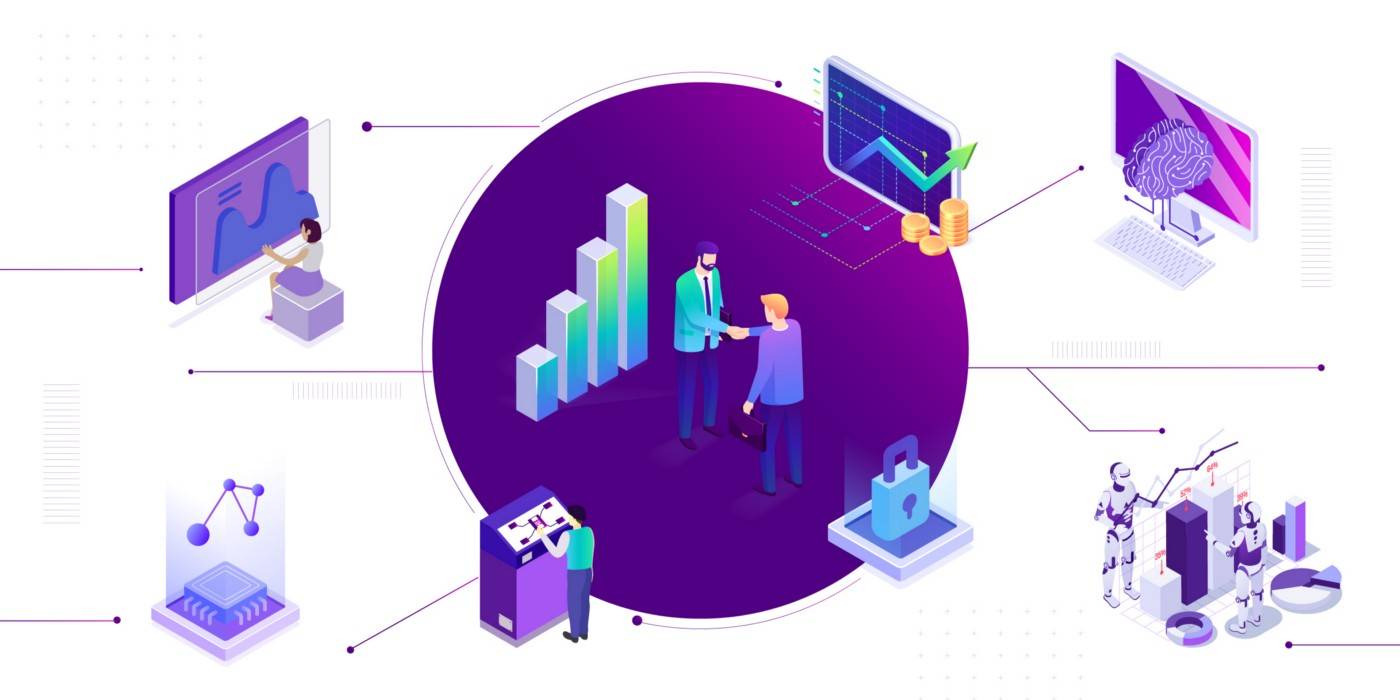Introduction
Open banking is a novel concept which allows non-bank institutions to provide banking and financial services to their customers. It is a system of banking where third-party financial service providers can also provide consumer banking services to the masses. This can be done without needing to have a banking license.
They use Application Programming Interfaces (APIs) to create secure and monitored platforms that allow them to provide account networking. Open banking allows non-banking financial institutions to leverage permitted consumer data to provide various financial services options.
This data can also be used towards personalised marketing or to undertake automated transactions on the customer’s behalf. This new approach to providing financial services to the public can be used to improve the penetration of banking in the socio-economic fabric of the country. It can potentially boost the number of people with access to proper banking services in the country.
There is tremendous scope for creating new opportunities and products from the open banking mechanism. Collaboration between regulatory bodies, the government and the private sector can potentially help create a system of financial services. One that is secure, protected and has a wide scope and coverage.
Open banking: The Indian landscape
Robust payment systems play a pivotal role in boosting financial inclusion and the provision of financial services in the country. Back in 2011, only about 35% of the Indian population had a bank account. The current scenario has changed drastically. Today, this number has increased to 77.3%.
UPI has had a major role to play in the digitisation of payments. It has significantly improved the accessibility of financial services among the Indian masses. As of May 2023, about 9,415 million transactions have taken place via UPI in India.
This payment method was the first in India that allowed the banks and non-banks to operate together, simplifying the overall funds transfer process. The infrastructure needed was made possible by using APIs, which also lie at the core of how open banking works.
According to a report published by the IMF, the Indian case of the rise of open banking consists of four layers (called India Stack) :
- The Presenceless Layer: Linking of Aadhar ID with bank accounts.
- The Cashless Layer: Enabling cashless transactions through UPI.
- The Paperless Layer: Enabling digital verification of scanned documents and KYCs.
- The Consent Layer: The layer of data fiduciaries that facilitate open banking in the country. Examples: Banking-as-a-service, Neobanks, etc.
Open banking in India will begin to unleash its true potential when the fourth layer is truly realised. It is when financial institutions share customer data with financial service providers and work together to make a new scope of financial services possible for the customers.
How collaboration and innovation have reshaped open banking
The systemic approach towards improving financial inclusion and the total percentage of the “banked” population has enabled India to reinvent its financial operations.
Government technologies
Going back to India Stack, the government has launched countless payment and transaction reforms and technologies that set the foundation for open banking in India:
- E-signatures
- E-KYCs
- TReDS
- GST
- Government e-Marketplace
- Improving the penetration of banking services through Jan Dhan Yojna
- IMPS, AEPS, UPI
- Data Empowerment and Protection Architecture
The groundwork is in place for businesses interested in taking up open banking for the customers. In addition to a secure transaction environment, the private sector can benefit from the Personal Data Protection Bill to provide more clarity.
Regulatory initiatives
The Reserve Bank of India (RBI) has set up the Reserve Bank Innovation Hub. The sole purpose of this subsidiary is to analyse and engage with the financial operations fabric of the country and discover ways to reduce friction.
With the change in KYC policies introduced in 2021, the initiative towards facilitating digital services has already been taken. More policies that favour open banking and unhindered financial transactions are expected to emerge soon.
BigTechs
By way of leveraging eWallets and UPI in India, the world’s largest tech companies, like WhatsApp, Google, Amazon, and Flipkart, have begun to provide financial services to their customers. Amazon now supports Buy Now Pay Later (BNPL), a form of financial service. Using UPI, WhatsApp can now facilitate financial transfers between contacts.
Worldwide, companies like Google are partnering with banks and non-banks to provide their customers with an expanded scope of financial services. With India’s existing digital financial infrastructure, adopting open banking shouldn’t be a problem.
Embedded finance
Embedded finance is the financial product customers see as “package services” with other purchases they make. The most common example is coupling travel insurance with a flight ticket – an arrangement so common today that it doesn’t surprise anyone.
Companies across a plethora of industries can enter into a partnership with banks and NBFCs to provide financial products and services to their customers. It makes the customers’ lives more convenient and opens up more opportunities for open banking.
Fintech
FinTech companies in India have already begun rolling out a plethora of transactional products that are enabling development and innovations in the country’s financial infrastructure.
For example, robust and secure payment gateways facilitate safe transactions between two parties. This infrastructure is bound to provide a stable foundation for the open banking system to operate on.
The level of security made possible through fintech companies would enable customer data to be safe from breaches and theft.
Neobanks
Neobanks (a form of banking that is purely digital) have quickly begun to revolutionise banking access to the population. This is a classic example that demonstrates how quickly and efficiently financial services can reach masses while keeping all the paperwork and hassles at bay.
It is a model for the open banking framework. Neobanks like Fi, Jupiter, Niyo etc. have already made their mark in the industry and have a consistently growing customer base.
Conclusion
While open banking may seem like a moderately risky step towards financial operations, it is an extremely efficient and secure way to expand the scope of financial services provided to customers.
It can help create new financial products and present them to customers in new ways that make them more useful and easily accessible.
To that end, the digital infrastructure and security required for open banking to operate already exist in the country. Plural by Pine Labs provides secure and efficient payment gateway solutions. Along with this, we offer other payment solutions like UPI links and the Affordability Suite. To know more about how we can help your business, reach out to us.

Amrita Konaiagari is a Marketing Manager at Plural by Pine Labs and Editor of the Plural blog. She has over 10 years of marketing experience across Media & Tech industries and holds a Master’s degree in Communication and Journalism. She has a passion for home décor and is most definitely a dog person.



